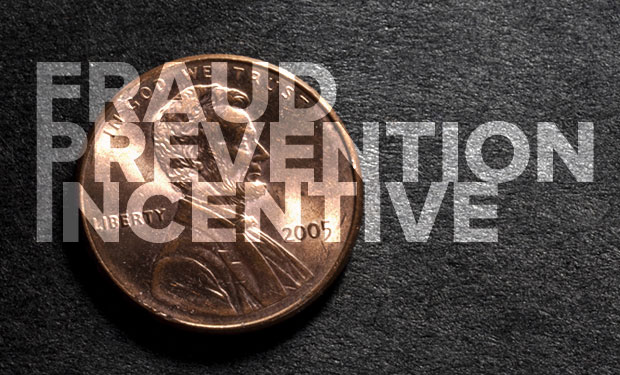Experts Weigh Impact of Interchange Fee on Anti-Fraud Spending

A federal appellate court's ruling last week that reaffirmed the Federal Reserve's structure for debit interchange fees merchants pay banks could lead some institutions to make bigger investments in fraud prevention, such as the use of chip cards. That's because the ruling may end ambiguity about the future of the interchange-fee structure, which includes a 1-cent fee to help fund anti-fraud efforts.
But representatives of two of the organizations who brought the lawsuit protesting the fees say they're still pondering whether to appeal last week's decision.
David Pommerehn, senior counsel and assistant vice president of the Consumer Bankers Association, contends that many banking institutions have continued to implement enhanced fraud detection and prevention technologies even while awaiting court action on the fate of the interchange fees.
"Banks don't have a choice; they have to find the resources to keep customers' data, customers' information secure," he says.
Upticks in card fraud and account takeover incidents have pushed banks and credit unions to make fraud prevention a priority, says Carrie Hunt, senior vice president of government affairs and general counsel for the National Association of Federal Credit Unions.
The ruling "is not having a new impact from a fraud-prevention perspective," she says. "Credit unions have so much going on related to fraud prevention and compliance. They have plenty of issues and pressures on them."
Nevertheless, Merrill Halpern, assistant vice president of card services for United Nations Federal Credit Union, says that more financial institutions may feel more confident about moving forward with fraud-prevention investments in light of the court's decision.
In particular, Halpern says the ruling could spur more investments in chip cards based on the Europay, MasterCard, Visa standard as a way to help fight fraud (see Will Court Ruling Hurt EMV Rollout?).
"In my view, any anti-fraud funding that issuers will receive from the debit transaction 1-cent fee will most likely be put against [expenses for] EMV," he says. "This funding will definitely have a positive impact on the debit EMV rollout."
The Interchange Fee Debate
Back in 2012, a handful of retailers and retail associations, including the National Retail Federation and NACS, formerly the National Association of Convenience Stores, filed a lawsuit challenging the debit interchange fee structure. In July 2013, a district court ruled that the Fed's structure for debit interchange fees paid by merchants to banks was too high. But the fee structure remained in place while the Fed appealed that ruling.
Last week, the ruling was reversed by the U.S. Court of Appeals for the District of Columbia, upholding the Fed's interchange structure, which took effect in October 2011. Noth the National Retail Federation and NACS issued statements saying they were reviewing the court's decision and would decide whether to appeal within the next 45 to 90 days, says Stephen Schatz of the NRF.
The Fed introduced the new fee structure in response to financial institutions' interchange income losses under the controversial Durbin amendment to the Dodd-Frank Wall Street Reform and Consumer Protection Act.
Under the 2010 amendment, the proposed interchange fee income cap was 12 cents per transaction. Before the amendment, banking institutions could charge up to 44 cents in interchange.
The Fed's 2011 interchange fee structure caps interchange fees banks charge merchants at 21 cents, and also offers a five basis point adjustment to cover potential losses from fraudulent activity. An additional 1-cent fee can be added by banking institutions to cover fraud prevention investments (see The Fed's Impact on Fraud Funding).

